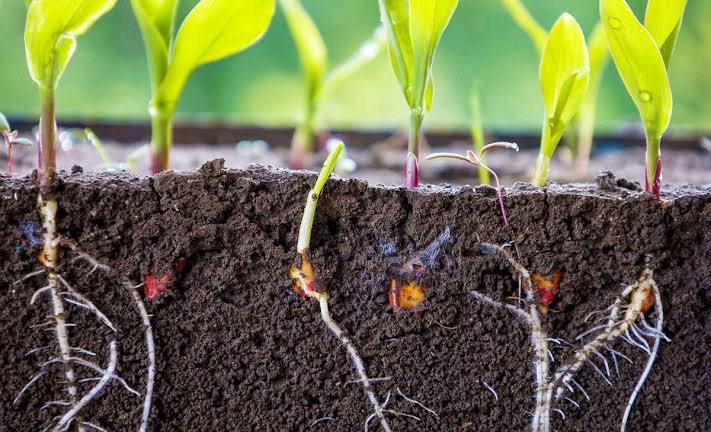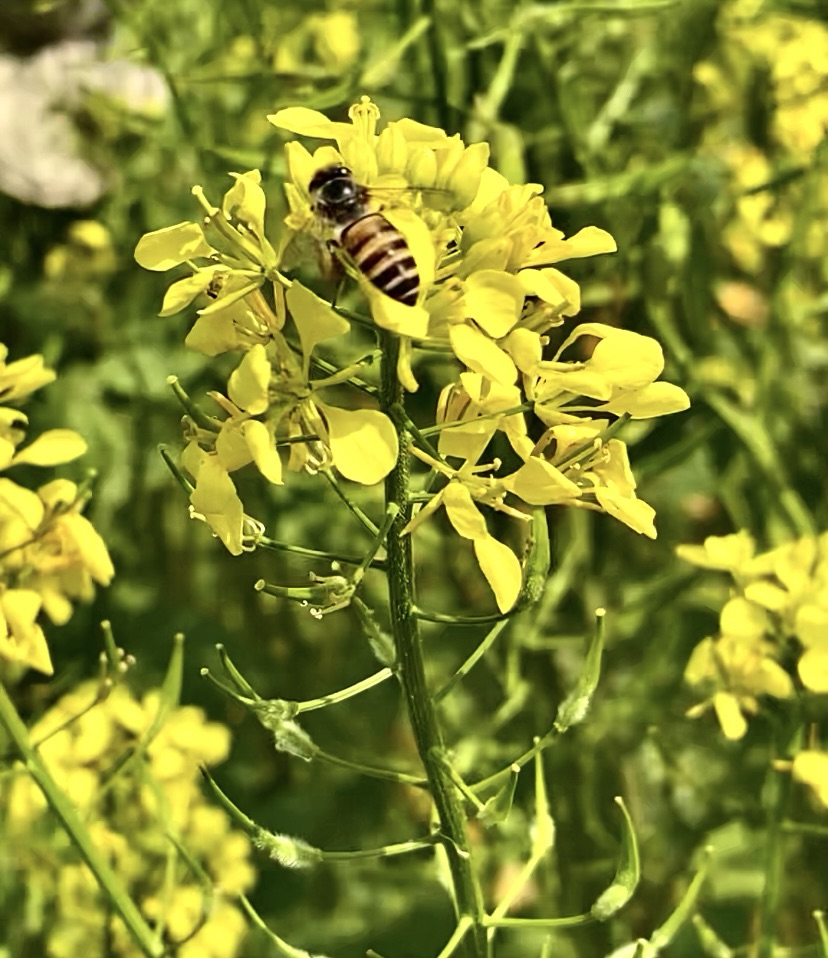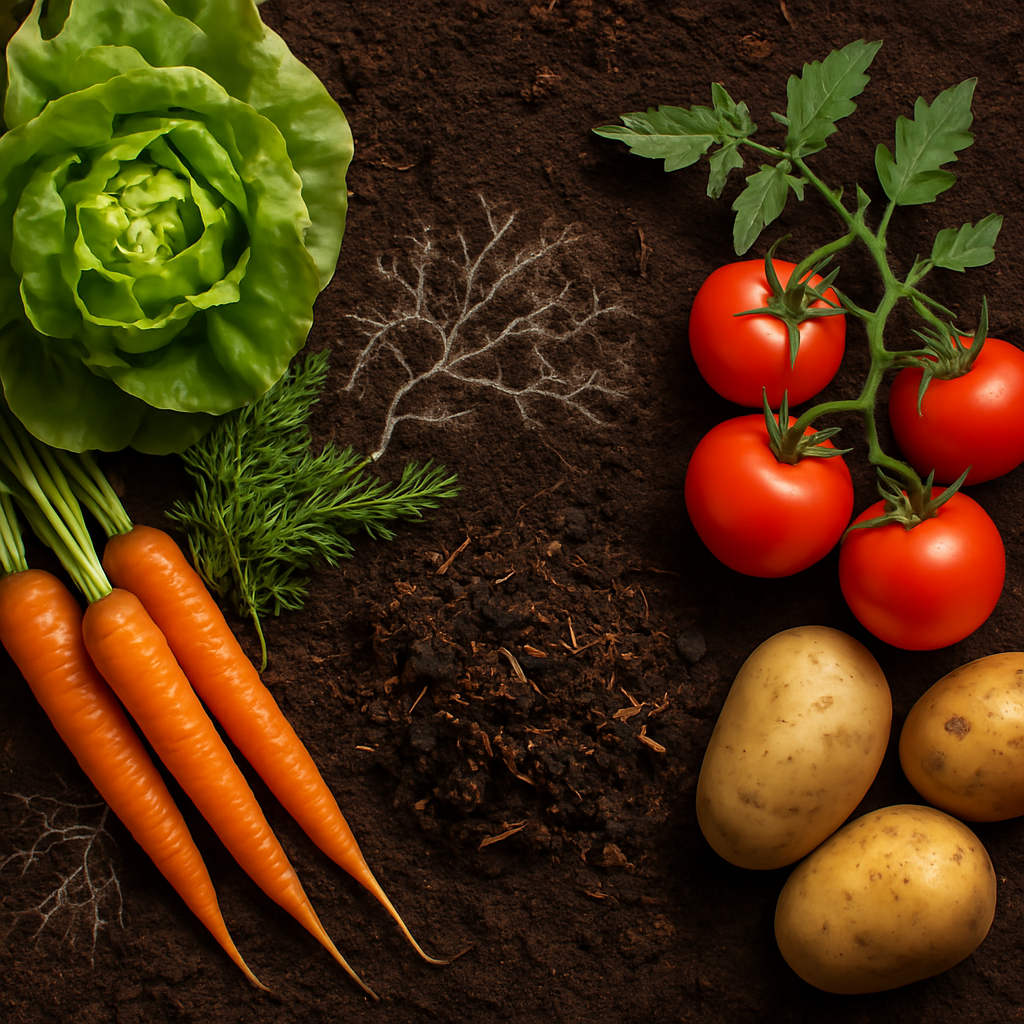In an era defined by environmental instability and ecological crisis, a quiet revolution is taking root—one that doesn’t rely on cutting-edge technology or futuristic inventions, but rather, on returning to the wisdom of nature. Regenerative agriculture is that revolution. It is more than a buzzword or passing trend; it is a profound shift in how we understand our relationship with the land. As the name suggests, it’s not just about sustaining our resources but actively restoring them—rebuilding soil health, enhancing biodiversity, and drawing down carbon from the atmosphere.
This regenerative approach is not just an agricultural method. It’s a philosophy, a movement, and increasingly, a necessity. At a time when climate change, soil degradation, and biodiversity loss are accelerating, regenerative agriculture offers a compelling vision: one where farming doesn’t extract and exhaust, but rather, nourishes and replenishes. To truly grasp its power, we must start at the root—quite literally—with the soil.
The Living Foundation: Why Soil Health Matters
Soil is often treated as dirt—lifeless, inert, a mere medium for growing plants. But this view couldn’t be further from the truth. Healthy soil is a dynamic, living ecosystem. A single teaspoon contains billions of microorganisms: bacteria, fungi, protozoa, nematodes, and more. These microscopic life forms are the unsung heroes of food production, responsible for breaking down organic matter, cycling nutrients, storing water, and fostering plant growth.
However, industrial agriculture has waged a war on this life. Practices like over-tilling, monoculture planting, and the excessive use of chemical fertilizers and pesticides have stripped soils of their vitality. When soil loses its organic matter and microbial life, it becomes compacted, prone to erosion, and unable to retain water or nutrients. The result? Poorer crop yields, increased dependency on synthetic inputs, and a vicious cycle of ecological depletion.
Regenerative agriculture flips this script. Its foundational goal is to rebuild soil health by working in harmony with natural systems. Through practices like cover cropping, composting, crop rotation, and reducing or eliminating tillage, regenerative farmers restore the soil’s biological richness. These methods increase the soil’s carbon content, enhance its structure, and improve its capacity to hold water—creating a fertile environment for plants and microorganisms alike.
Carbon Beneath Our Feet: Agriculture as a Climate Solution
One of the most exciting and urgent promises of regenerative agriculture lies in its potential to combat climate change. While much of the climate conversation focuses on reducing emissions, there’s another equally important piece of the puzzle: carbon sequestration. And the soil, as it turns out, is one of the most powerful carbon sinks on Earth.
When soil is healthy and full of organic matter, it can store vast amounts of carbon. Plants absorb CO₂ from the atmosphere through photosynthesis, and when their roots exude sugars into the soil, that carbon feeds soil microbes. Over time, this process builds stable carbon compounds in the soil—a natural form of carbon capture. But when soils are over-tilled or degraded, they release that stored carbon back into the air, exacerbating global warming.
Regenerative agriculture restores the soil’s capacity to act as a carbon bank. Practices like managed grazing, planting deep-rooted perennials, and maintaining permanent ground cover prevent carbon loss and even reverse it. According to some estimates, regenerative practices, if widely adopted, could remove billions of tons of carbon dioxide from the atmosphere annually. While it’s not a panacea, it’s one of the most accessible, scalable tools we have in the climate toolbox—and it comes with co-benefits for ecosystems, food security, and water cycles.
Biodiversity Above and Below Ground
Industrial agriculture tends to favor monocultures: vast expanses of a single crop, bred for uniformity and yield. While efficient in the short term, this system is highly vulnerable to pests, diseases, and market shocks. It also wreaks havoc on biodiversity—both above and below the surface.
Regenerative agriculture celebrates diversity. By integrating multiple species of plants and animals into one landscape, it mimics natural ecosystems. Polyculture planting, agroforestry, intercropping, and silvopasture systems support a wide range of flora and fauna. This biodiversity creates ecological balance, reducing the need for chemical interventions and creating resilient systems that can adapt to stressors like drought, disease, and shifting weather patterns.
Biodiversity isn’t just beautiful—it’s functional. Diverse root systems stabilize the soil and pull nutrients from different depths. Insects pollinate crops and control pests. Birds and mammals play their roles in nutrient cycling and seed dispersal. The synergy of life creates a self-sustaining loop that strengthens the entire ecosystem. Regenerative farms become more than places of production; they become thriving habitats.
Water Wisdom: Holding onto Every Drop
Water is one of the most precious resources in farming—and one of the most mismanaged. In many modern agricultural systems, water is treated as a disposable input. Over-irrigation, hard-packed soils, and the absence of plant cover leave fields vulnerable to runoff, erosion, and drought. When soil is degraded, it behaves more like concrete than a sponge. Rainwater doesn’t soak in. It rushes across the surface, carrying away topsoil and nutrients, flooding lowlands, and leaving behind dry, cracked earth.
Regenerative agriculture flips that reality. One of its core strengths is the way it helps the land hold onto every drop of water it receives. Healthy, living soil—full of organic matter and microbial life—acts like a sponge. It pulls water down through the top layer, stores it in deep root zones, and slowly releases it to plants over time. This makes farms more resilient, especially during dry seasons or extreme weather.
Practices like cover cropping, minimal tillage, and rotational grazing all improve the soil’s ability to retain water. Cover crops protect the surface from wind and sun, reduce evaporation, and add biomass that feeds soil organisms. Reducing or eliminating tillage preserves the structure of the soil, allowing water to penetrate instead of running off. And when animals are grazed responsibly, their hooves help break up crusted soil, and their waste adds nutrients—both of which support stronger root systems and better moisture retention.
The result is a dramatic increase in water efficiency. Regenerative farms often need less irrigation, suffer less erosion, and recover more quickly after droughts or heavy rains. This not only benefits crops, but also recharges groundwater, restores wetlands, and protects nearby rivers and lakes from agricultural runoff.
In a changing climate, where droughts are becoming longer and rainfall more unpredictable, this kind of water resilience isn’t just helpful—it’s essential. Regenerative agriculture offers a path forward that doesn’t just work with water more wisely, but restores the natural hydrological cycles that keep entire ecosystems in balance.
The Human Element: Culture, Connection, and Community
Regenerative agriculture is as much about people as it is about plants and animals. At its core, it reimagines the relationship between humans and the land. It asks us to move from dominance to partnership, from short-term exploitation to long-term care. For farmers, this shift often means becoming stewards rather than managers—observing, listening, and adapting to the land’s rhythms.
Communities that embrace regenerative practices often experience a cultural revival. Local food systems strengthen, farmers’ markets flourish, and people begin to value the origin of their food. There’s a growing movement toward transparency, storytelling, and shared responsibility. Regenerative agriculture builds not just healthy soil, but healthy relationships—between producers, consumers, and the ecosystems they both inhabit.
Challenges and the Road Ahead
The transition to regenerative agriculture is not without its hurdles. Farmers often face financial risks, lack of institutional support, and cultural resistance when moving away from conventional systems. The current economic model rewards volume over value, and industrial inputs over ecosystem services. To unlock the full potential of regenerative agriculture, we need policies that incentivize regenerative outcomes—carbon storage, biodiversity gains, water retention—and educational programs that equip farmers with the knowledge and tools they need to succeed.
Consumers also have a role to play. By supporting regenerative brands, joining CSAs, or simply asking questions about how food is grown, we create demand for regenerative systems. Every choice at the checkout counter ripples through the food system.
Conclusion: Regenerating More Than Soil
Regenerative agriculture offers something rare in today’s environmental landscape: hope. It’s a model rooted in ancient wisdom yet validated by modern science. It doesn’t just promise sustainability; it promises renewal. By healing our soil, we begin to regenerate our climate, our water, our biodiversity, and ultimately, our future.
This is not merely a method of farming. It is a way of living in right relationship with the Earth. In every cover crop planted, every pasture rotationally grazed, and every field restored, there is a quiet rebellion against the status quo—and a powerful statement of what’s possible when we choose regeneration over depletion.
The soil beneath our feet holds the power to change everything. And that change begins when we decide to nurture it—not as a resource to be mined, but as a living foundation for life itself.
References
1. Lal, R. (2020). Regenerative agriculture for food and climate. Journal of Soil and Water Conservation, 75(5), 123A-124A. https://doi.org/10.2489/jswc.2020.0620A
2. Rhodes, C. J. (2017). The Imperative for Regenerative Agriculture. Science Progress, 100(1), 80–129. https://doi.org/10.3184/003685017X14876775256165
3. Montgomery, D. R., & Biklé, A. (2016). The Hidden Half of Nature: The Microbial Roots of Life and Health. W. W. Norton & Company.
4. FAO (Food and Agriculture Organization of the United Nations). (2015). Status of the World’s Soil Resources: Main Report. Rome, Italy. http://www.fao.org/3/i5199e/I5199E.pdf
5. Teague, W. R., Apfelbaum, S., Lal, R., Kreuter, U., Rowntree, J., Davies, C., … & Byck, P. (2016). The role of ruminants in reducing agriculture’s carbon footprint in North America. Journal of Soil and Water Conservation, 71(2), 156-164. https://doi.org/10.2489/jswc.71.2.156
6. Regeneration International. (2021). What is Regenerative Agriculture? https://regenerationinternational.org/why-regenerative-agriculture/
7. Project Drawdown. (2020). Farming Our Way Out of the Climate Crisis. https://www.drawdown.org/solutions/regenerative-annual-cropping
8. Rodale Institute. (2020). The Case for Regenerative Organic Agriculture in Combating Climate Change. https://rodaleinstitute.org/science/articles/regenerative-organic-agriculture-and-climate-change/
9. Ecdysis Foundation & Blue Dasher Farm. (2021). Regenerative Agriculture and Water Infiltration. https://www.ecdysis.bio/resources
10. Scholz, R. W., & Steiner, G. (2015). The real type and ideal type of transdisciplinary processes: Part II—what constraints and obstacles do we meet in practice?. Sustainability Science, 10(4), 653–671. https://doi.org/10.1007/s11625-015-0327-3










